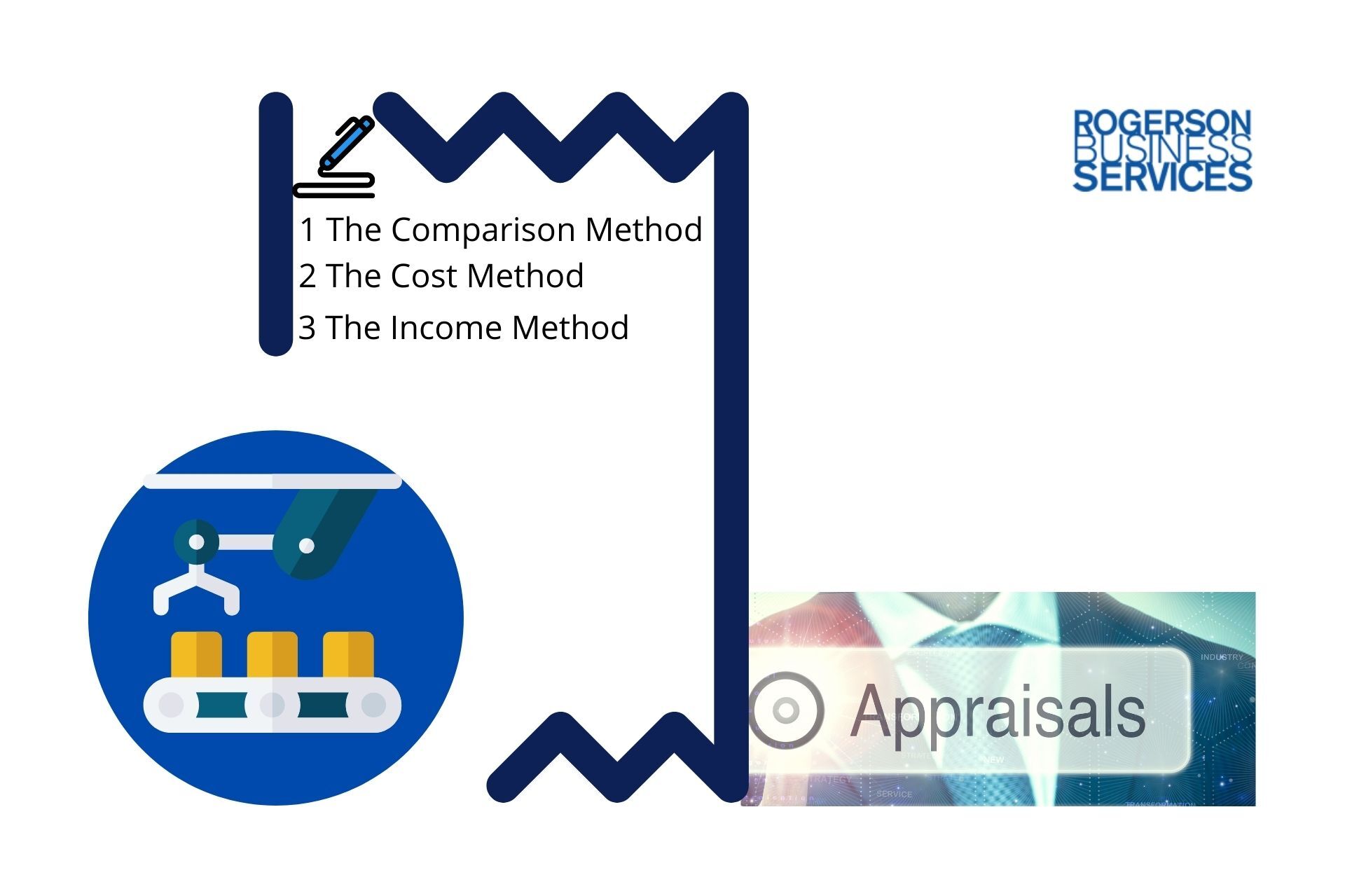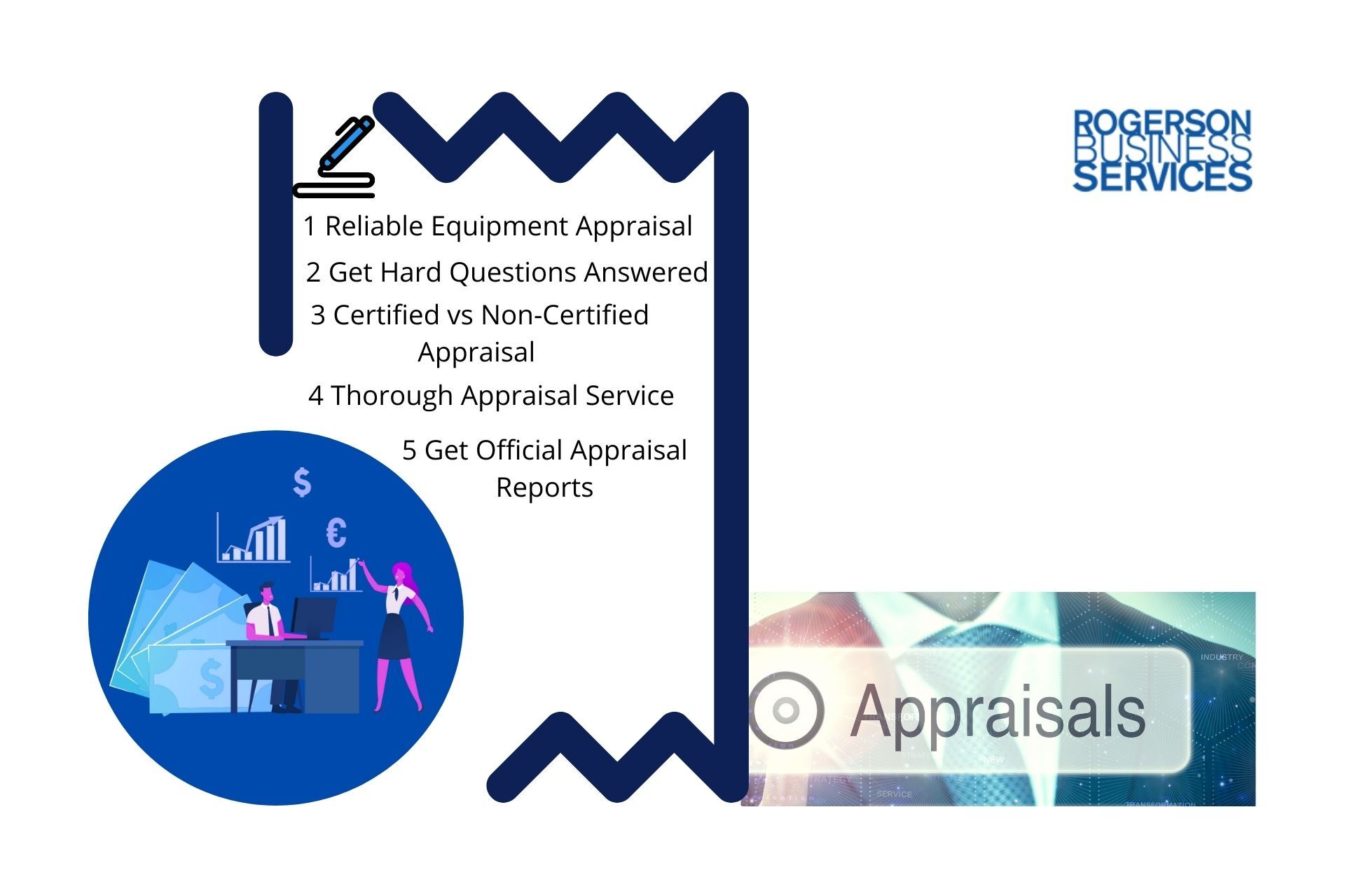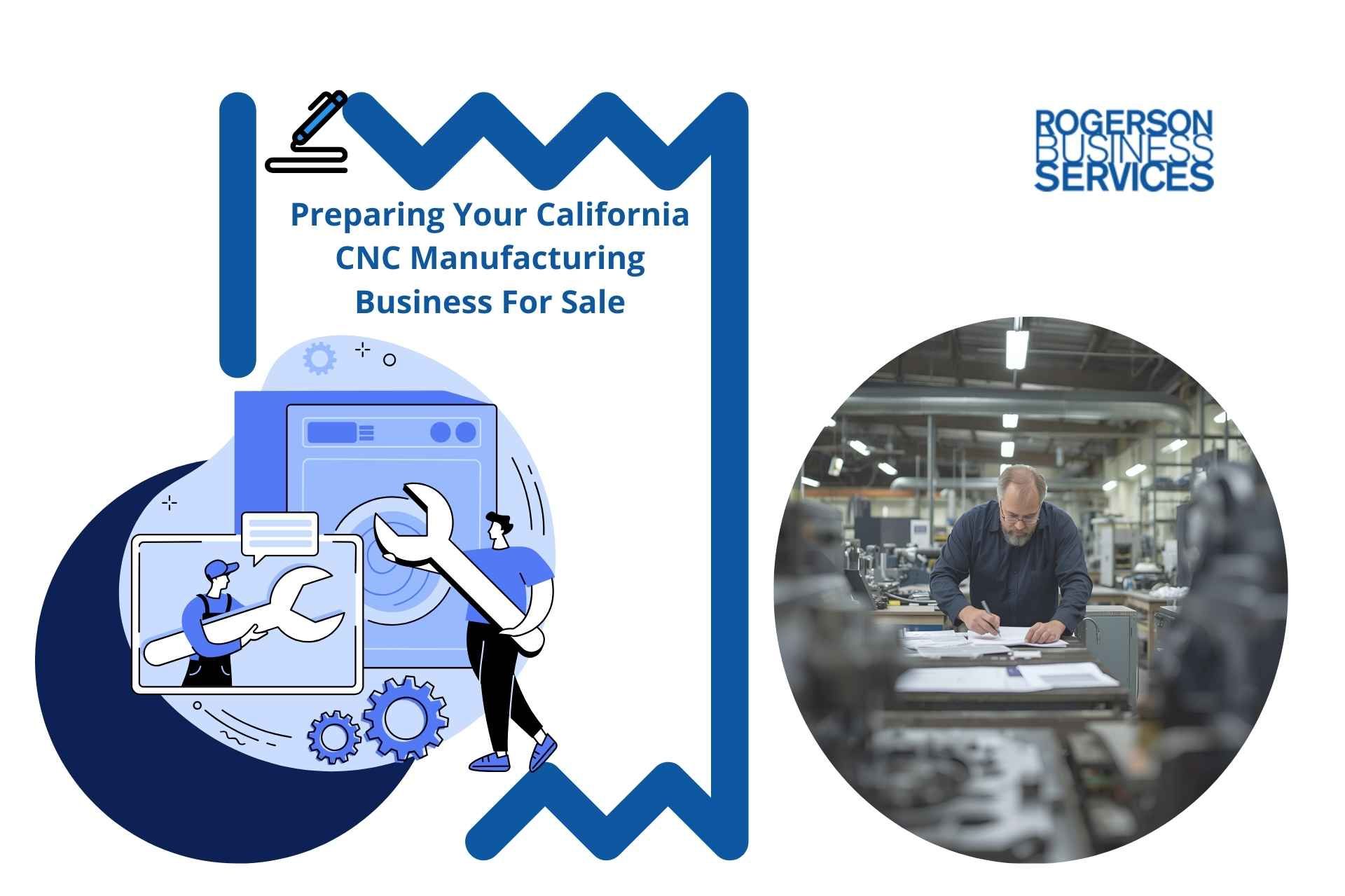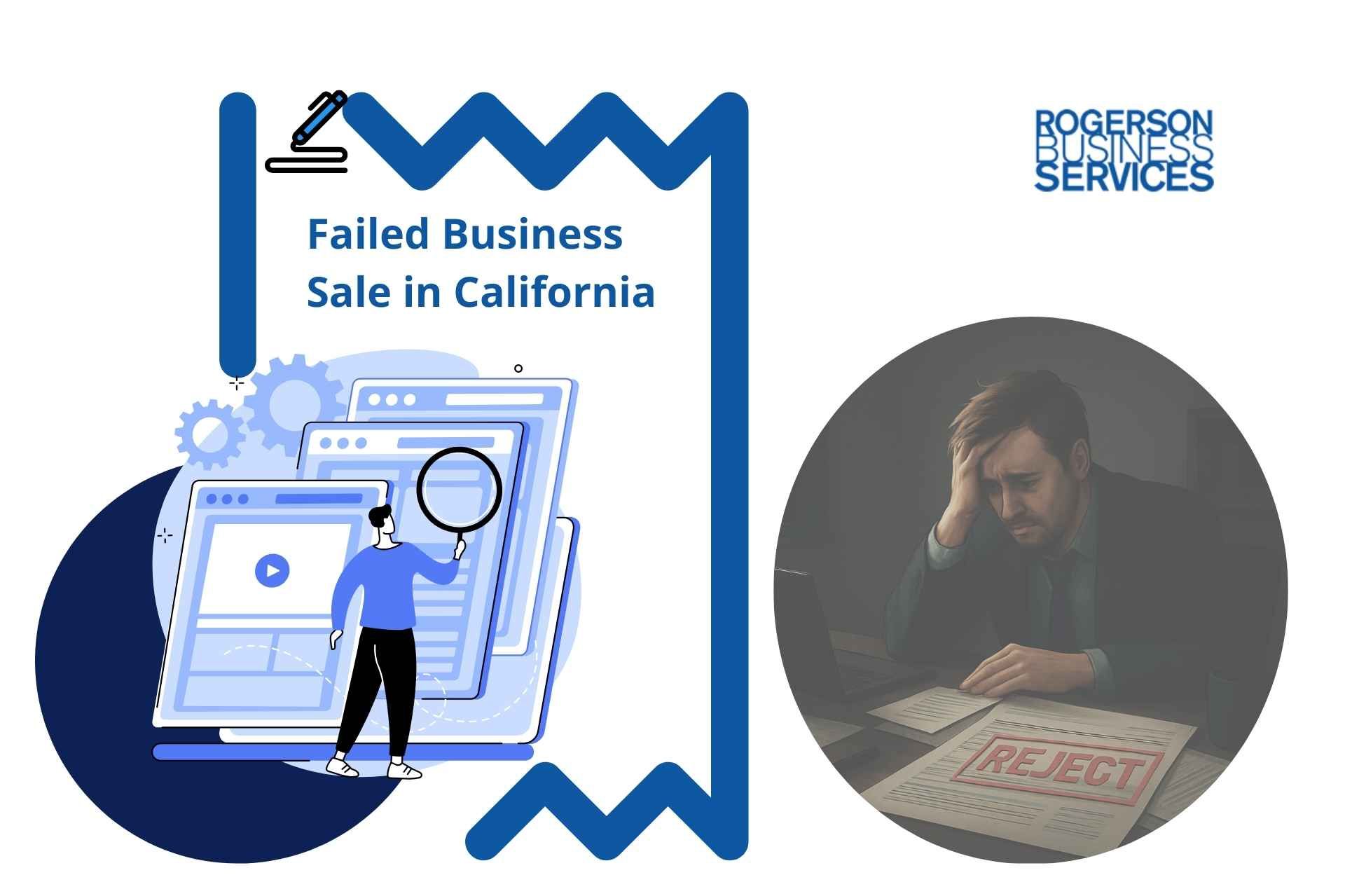Equipment Valuation When Selling a Business in California
Equipment Valuation
Process and Method Type:
- Sales Comparison Approach
- Cost Approach
- Income Approach
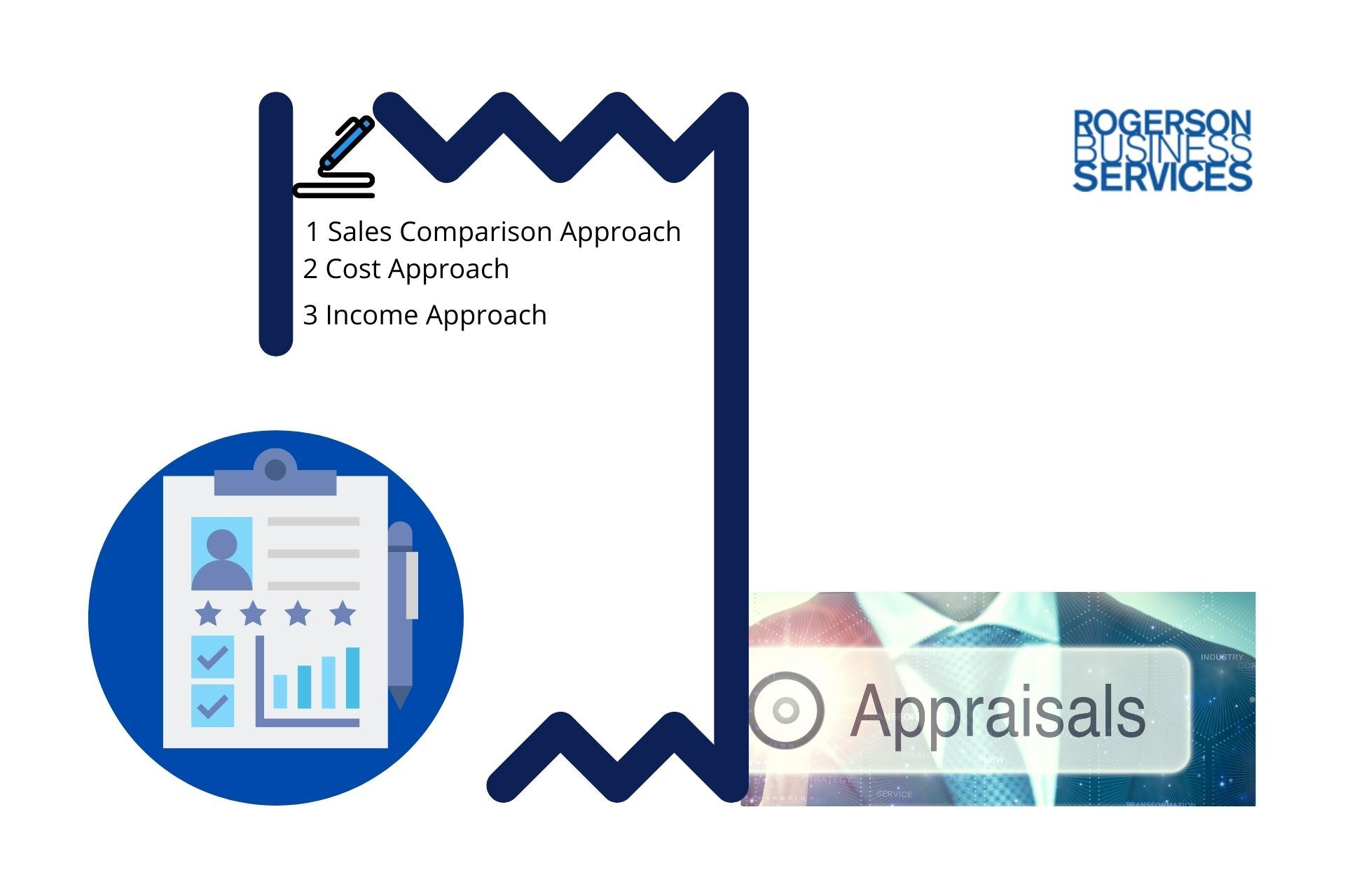
Let's take a closer look at the process of equipment valuation when selling a business in California.
Selling your business should be easy. But is it? There is much more to a business sale than just setting a price and waiting for bidders to submit their bids. However, even though some entrepreneurs or baby boomer business owners might find it hard, you do not need a lower middle market business appraiser to put a value on your business and all the assets involved. However, you will need to understand some concepts and get conversant with the process before thinking of welcoming bidders.
Read on!
What is Equipment Valuation?
Also known as used equipment appraisal, equipment valuation can be defined as the in-depth analysis of assets listed to a specific business.
Simply put, equipment valuation is the process of determining the actual (and fair) market value of assets. Such procedures will typically consider objective and subjective measurements to provide the most accurate value.
Suppose you decide to hire help from outside for your asset and machinery appraisal in northern California like the Bay Areas or Sacramento County. If so, it is important to go for the best in the market with all the qualifications, instead of basing the search on just the "Equipment appraisers near me" search. Some offer desktop appraisal services, while others prefer the in-person approach.
Hiring a certified equipment appraiser is encouraged because, for one, you will be working with someone who has undergone all the relevant training and has received the proper certification. Unqualified appraisers can be risky, too; your assets won't be able to withstand any scrutiny in case it arises, and you might be in trouble for that.
Such valuation sheds light on different items within a business, helping you better understand where your business is in value. Such items include:
- The financial position
- Whether the present insurance is enough to protect the equipment
- The amount of financing that the business can receive
- The tax deduction opportunities
- The fair price range within which you can sell the equipment
Equipment valuation is vital for any business. It helps the new owners budget for repairs and gives them the price range if they decide to sell the equipment. There are three primary valuation methods, each independent of the other. They include:
- Sales comparison approach
- Cost approach
- Income method
Sales Comparison Approach
As the name suggests, the sales comparison approach involves comparing the used equipment of any recently sold businesses in California of the exact nature as the one being appraised.
The business being compared has to be situated in the same locality: could be northern, mid, or even southern California major municipalities and cities, as the one whose equipment is being appraised. Additionally, they have to share many standard features such as the products produced, profits generated, and common ways of operating.
Regarding equipment appraisal services, the sales comparison approach is all about price adjustments. Such adjustments are made with respect to the features of the property being compared.
If the subject property doesn't have a particular feature present in the comparable property, then the value attributed to a specific feature is adjusted downwards. On the other hand, if your business has a valuable feature lacking in the comparable property, then the value of the related equipment is adjusted upwards. These upwards and downwards adjustments will be done until you arrive at a specific final figure.
You will be using the prevailing market conditions to put a value on your business. You should use at least three recently sold businesses when doing your valuation. This will result in a more accurate price range. which is a critical part of the business selling process when in escrow.
Lower middle market businesses that have been sold recently have a better approximation than those sold months or years prior. The market keeps on changing, and finding the most recent value is paramount. If you don't find any comparable businesses within your locality, search for recently sold ones nearby.
Different factors affect the appraisal adjustment. One of them is the comparable qualities. Your business (the one whose equipment is being valued) should be as similar as possible to the one you are comparing it with, which will significantly reduce the adjustments required.
What are the Sales Comparison Approach Steps?
Below are the steps followed for the sales comparison approach.
- Finding the recent sales similar to your business within your locality. You need to shortlist a few businesses sold in the near past to use as benchmarks. Ensure that these businesses are closely related to yours.
- Acquisition and verification of data. After you have identified and shortlisted the businesses to use for comparative needs, you need to get the equipment valuation data. You also have to verify that the data provided by the comparable is accurate and up to date.
- Comparing the sales. It is now time to compare the past sales to get a value range. You can begin by comparing the few shortlisted businesses and verifying that they are indeed related.
- Making the necessary adjustments. This part is the most important one. You (or the appraiser) will compare the businesses and adjust the value accordingly.
- Deriving the value after making the necessary adjustments
Sales Comparison Approach Formula
The basic formula used is as follows,
Sales Price of Comparable Property +/- adjustments made=Indicated value of the property
Below is an example of a sales comparison approach formula being used for a company van:
| Description | Comparable 1 | Comparable 2 | Comparable 3 |
|---|---|---|---|
| Sales (Price in Dollars) | 45,000 | 30,000 | 42,000 |
| Mileage | - | +5,000 | -3,000 |
| Mass Appeal | +4,000 | -2,000 | - |
| Adjusted Sales (in Dollars) | 49,000 | 33,000 | 39,000 |
The final sale will be calculated using the three final adjusted sales prices.
Cost Approach in Equipment Valuation
A cost approach is a valuation approach that looks at how much it would cost you to rebuild the whole business from scratch. This valuation method doesn't rely on the current condition, cash flow generation, or value creation; it assumes that the cost is the same as the value.
The cost approach method of valuation is based on the Principle of Substitution, which states that a buyer won't pay more for your business than it would cost them to acquire a substitute business with the same utility level.
During the valuation process, the appraiser will start by determining the business's current RCN (Replacement Cost New). Using the figure as a reference point, they can then deduct any value lost by the equipment over time. The amount deducted will depend on factors such as:
- Physical deterioration. This form of depreciation comes about when the usefulness of equipment reduces over time due to wear and tear, age, corrosion, and other damages.
- Economic obsolescence. Factors from outside the business cause such depreciation. Some common economic factors include increased competition, changes in regulatory policies and fee costs, ordinance changes, new legislation, increased cost of raw materials, lower demand for products, and many more!
- Functional obsolescence. This form of depreciation is contributed directly by factors within the business. You can notice such inadequacies after comparing a business with a more efficient one.
When to Use the Cost Approach Method
The cost approach is not the most straightforward method to use when selling your lower mid-market business in California. However, it might be the most suitable way to determine the value of a business, especially if it involves exclusive-use buildings and equipment.
The method also comes in handy for commercial properties such as office buildings and retail stores also valuation of used heavy equipment like in the construction or manufacturing industries .
The cost approach is also a suitable valuation method for any business that requires individual and separate valuation, for example, a unique business. However, this method is less reliable than others, such as the sales comparison.
The Cost Approach Formula For Equipment Valuation
Below is the formula used
Replacement cost - depreciation value= the new value
The replacement cost value will be an accumulation of all costs to be incurred if you are to build the business again, this time using up-to-date equipment, strategies, and technology.
The Process of Selling a Business in California
By now, you already know how to determine the fair market value of the equipment. Generally, there are four significant steps when selling a business in California, m&a sell-side process.
1. Business valuation (preparation)
You need to have a value range for your lower middle market business in California before selling it. It, however, shouldn't be a problem for you; you have a wide range of California equipment appraisal services to choose from.
2. Negotiation
This step involves negotiating with prospective buyers and middle market business brokers. Here, you discuss the terms that will be part of the sales transaction, such as the purchase price, terms of financing, representation, warranty, and many others.
3. Inspection and due diligence period
You only move to this step after securing a serious buyer who has already signed a letter of intent. They will also take their time to ensure that all information provided is checked out. You will have to present the business's books, financial records, material contracts, accounts linked, equipment book value, and the summary appraisal report.
4. Closing the deal and documenting the transaction
After meeting all the agreed-upon requirements, a purchase agreement, and the provisional legal document of acquisition is issued to the buyer. It contains all the relevant details of the sale, such as the statement, type of sale, purchase price, method of payment, closing date, and boilerplate legal provisions.
Final Take on Equipment Valuations
If you have decided to conduct an equipment valuation and then sell your lower middle market business now or within the next six months, click here to get started with this quick and simple form, so we can understand your pain points better and prioritize your inquiry with RBS Advisors.
Part of a guide to help with appraising machinery and equipment in California series ->
Download Free Guide: Machinery & Equipment Appraisal
More Tips to Help Value & Appraise Machinery and Used Equipment in California
Hey there! Can we send you a gift?
We just wanted to say hi and thanks for stopping by our little corner of the web. :) we'd love to offer you a cup of coffee/tea, but, alas, this is the Internet.
However, we think you'll love our email newsletter about building value and properly position your company before transition/exit your business ownership.
As a special welcome gift for subscribing, you'll also get our helping and educational guides, tips, tutorials, etc.. for free.
It's filled with the best practices for retiring serial business owners like Dan Gilbert, Larry Ellison, Warren Buffett, and many more.
Just sign up for our emails below.

